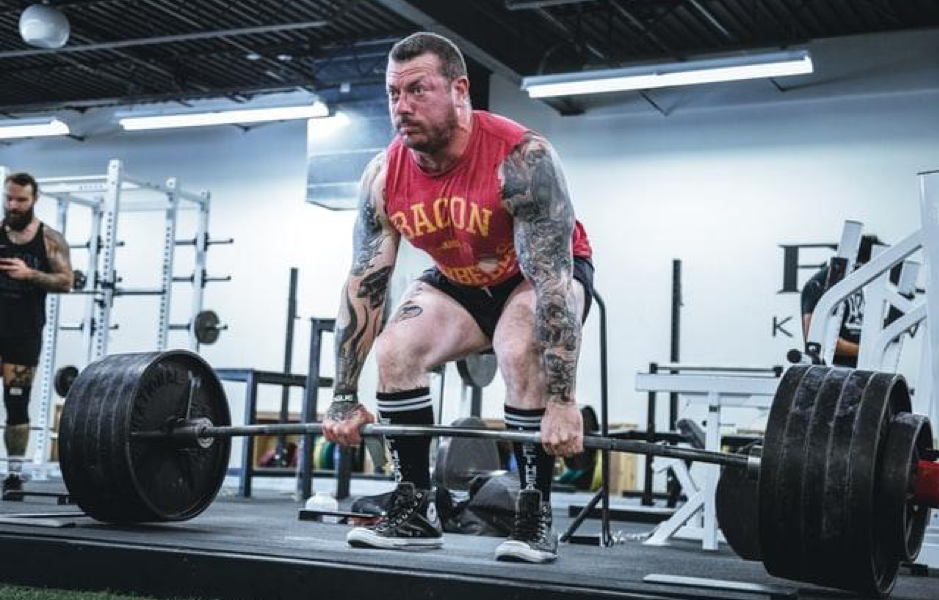

(Image 1: Alora Griffiths/Unsplash)
There is an assumption going around that weightlifting is “easier” for shorter people. However, that is not always the case. This is because taller people usually have longer arms which means there’s less stress on their backs when they lift. However, training should be tailored to your body and what your body needs. That’s why taller people need to follow a slightly different training regime and technique to avoid getting injured.
In this article, we look at some of the issues height may have on your deadlifts. The article also provides specific workouts that can help you avoid injury.
What is Deadlifting?
A deadlift is a powerlifting exercise. In a deadlift, the person has to lift the loaded bar from the ground to hip level. In the final position, the body has to be perpendicular to the floor. The weight should be distributed evenly to prevent injury to your knees. In order to keep your body from leaning towards one side or the other, engage your core to increase your stability.
Why is a Deadlift Harder for Taller People?
A deadlift can be more difficult the taller you are due to having to bend more at your hips. You also have to lift the weight a higher distance against gravity than shorter people. As a taller person, you are more prone to injuries during deadlifts because of the extended range of motion.
In order to avoid straining your lower back or hips, make sure you stretch prior to lifting and maintain proper form throughout your lift. Most lifters don’t realize that it’s vital to not only build the muscles they want to improve visually but also build the muscles that help them execute their workouts.
If you have long legs, a long torso, or both, you should keep that in mind while designing a training and workout regime for yourself.
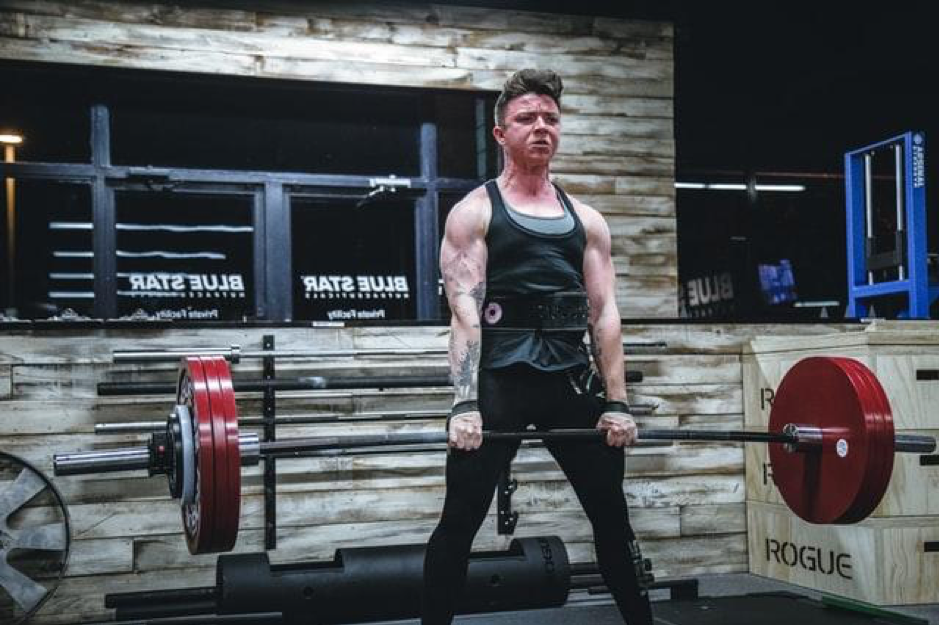
(Image 2: Alora Griffiths/Unsplash)
What Muscles Do Deadlifts Build?
A deadlift is a great exercise to build the following muscles:
- trapezius
- core
- back
- hips
- hamstring
- glutes
Deadlifts can be utilized for a great full-body workout when done correctly.
Some people feel they need to do a lot of deadlifts with heavier weights and many repetitions. However, the key is to do the deadlift using the proper technique. Even starting with smaller weights to get the technique right and then building up to heavier weights is a great way to improve strength. Proper form will always beat out the amount of weight. Moreover, this helps you avoid any kind of injury. If you’re planning to add weights, do it later when you’ve mastered the technique.
How Does Deadlifting Change Your Body?
Deadlifting can have a significant impact on your body, especially if you are tall. In particular, it can improve your posture by engaging the core and strengthening your back muscles. This is particularly helpful for tall individuals who have a tendency to hunch forward due to their height.
With improved posture comes reduced lower back pain.
Then there’s the fact that you can benefit from a full-body tone. Deadlifting normally involves a significant number of muscles (mentioned above). This means that as you do this exercise regularly, you will be able to build and grow those muscle groups that can lead to overall muscle mass.
Deadlifting not only allows you to increase muscle mass and strength in the gym, but it can also aid you in lifting heavier objects outside of the gym. Maintaining or growing your muscles in the gym will help minimize the likelihood of injury outside of the gym.
How Should Tall People Do Deadlifts?
Tall people need to use a few techniques to do deadlifts. Their training and workout schedule should also be focused on building the muscle groups needed to do the exercise properly. Here are some practical tips that taller lifters can use.
1. Use a Conventional Lifting Stance
It is suggested that taller people use a conventional lifting stance. If you’re not sure what it is, it’s similar to sumo or semi-sumo stance.
The sumo stance has the legs placed far apart, with the hands inside the shins. In the semi-sumo stance, the legs are not as far apart.
However, take note that in a conventional stance, you are bent lower. This makes it look like the shoulders are just in front of the bar. In the sumo or semi-sumo stances, the shoulders seem to be straight over the bar.
2. Focus on Building Mid- and Lower-back Muscles
For taller builders, we suggest you do exercises to build up mid- and lower-back muscles. These are the muscle groups that you will be needing to use in the deadlift. Exercises like wide-grip pull-ups will help strengthen these muscle groups. Ensuring that your back muscles are well developed provides integral support to your body when you squat and lift. It also prevents injuries to facet joints, ligaments, and vertebral disks.
3. Watch Your Stance
Since we suggested that taller people use the conventional stance, we also suggest that you concentrate on the correct stance. Do not keep your feet more than shoulder-width apart. Also, make sure the bar is over your toes. Do everything slowly first so you get a feel of how to do things properly and prepare your body.
4. The Grip
The grip is equally important. Use either a conventional grip or front-and-back or mixed grip with the hands just a thumb width away from your shins. Conventional grip, in particular, is really important because it can be used for most exercises whether it’s pull-ups or deadlifts.
5. Do Not Bend Your Elbows
Make sure your elbows are not bent. Keep them straight and locked. Try to keep your arms as long as possible for the lifts to be much easier.
6. Build Hip Lock-out Strength
The main thrust to a successful deadlift comes from the hips and locking them in place. Tall people, especially, need to build up lock-out strength in the hips so that they can do a good deadlift. In your workouts and training, focus on good hip lock-out for success.
7. Use Flat-soled Shoes
If you use shoes with a lifted heel, you will have to haul the weights over another 1 to 1 and a half inches. We suggest that you use flat-soled rubber-heeled shoes for better grip and easier lifts.
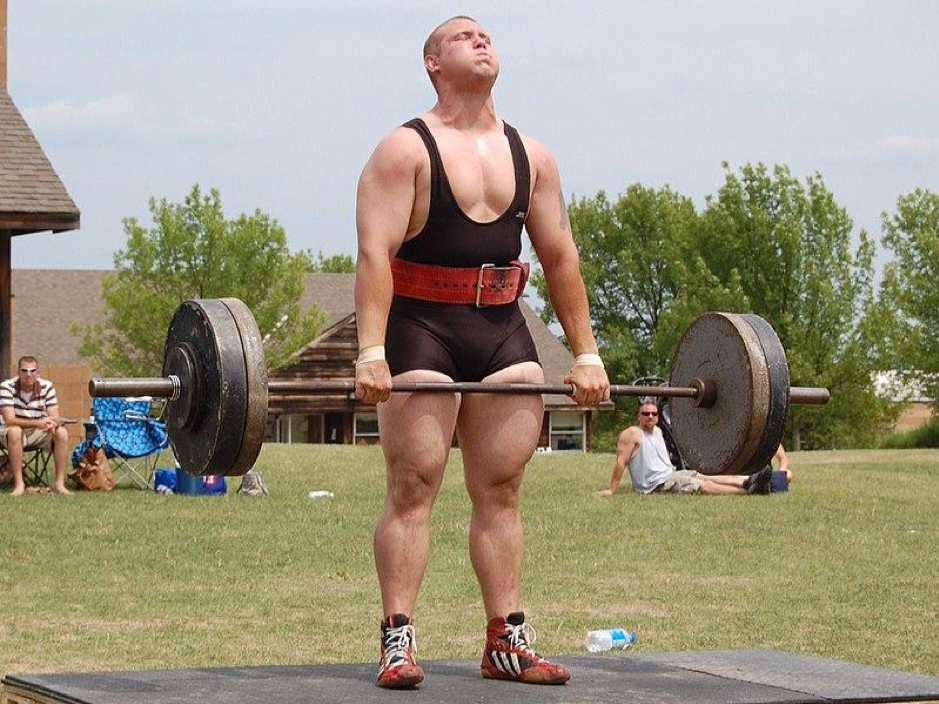
(Image 3: stu_spivack, CC BY-SA 2.0 https://creativecommons.org/licenses/by-sa/2.0, via Wikimedia Commons)
How to Avoid Injury When Doing Deadlifts
One of the dangers of a deadlift is the risk of injury. Here are some tips to avoid it.
- a) Keep your shoulders locked and the torso upright.
- b) Push with your legs into the floor rather than trying to pull with your arms and back.
- c) Make sure the bar is as close to the shins as possible.
- d) Make sure the bar is as close to your body as possible to avoid your back getting involved in the lifting.
- e) Keep your head in a neutral position, not forward, sideward, or anywhere else. Instead, you should just look straight ahead and keep your head positioned in a straight line with your shoulder.
- f) Be relaxed and locked and loaded when you lift.
What Other Exercises are Harder for Taller People?
Apart from deadlifting, squats are yet another workout that can be difficult for taller people. This is because it involves a wider range of movement in the legs or torso which requires more effort and energy. Not only is it limited to general squats, but it also involves other variations like pistol squats, deep bodyweight squats, etc.
A workaround for this is to use low reps and high sets to help improve their ability to perform squats with little to no difficulty whatsoever.
Pull-ups are yet another type of exercise that most tall people find challenging. Similar to squats, pull-ups involve a wider range of motion as well as more weight to pull. It’s for this reason why low reps and high sets are advised – similar to squats – for tall individuals who want to include pull-ups in their routine.
Final Words
It’s always advisable to take things slowly at first when you’re exercising. Focus on technique before moving on to doing more complex exercises or before you add more weights. The best way you can make your workouts more effective is to implement those that are well suited for your body. This should also lessen your risk of getting injuries.






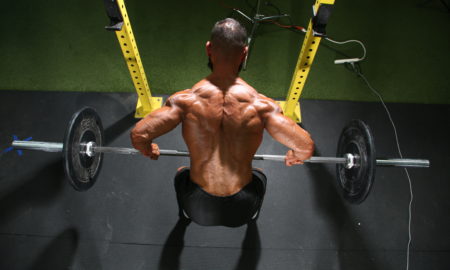
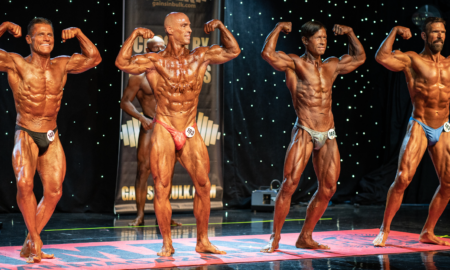














You must be logged in to post a comment Login